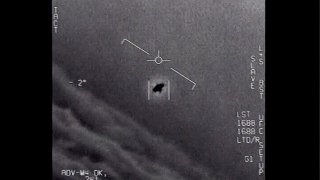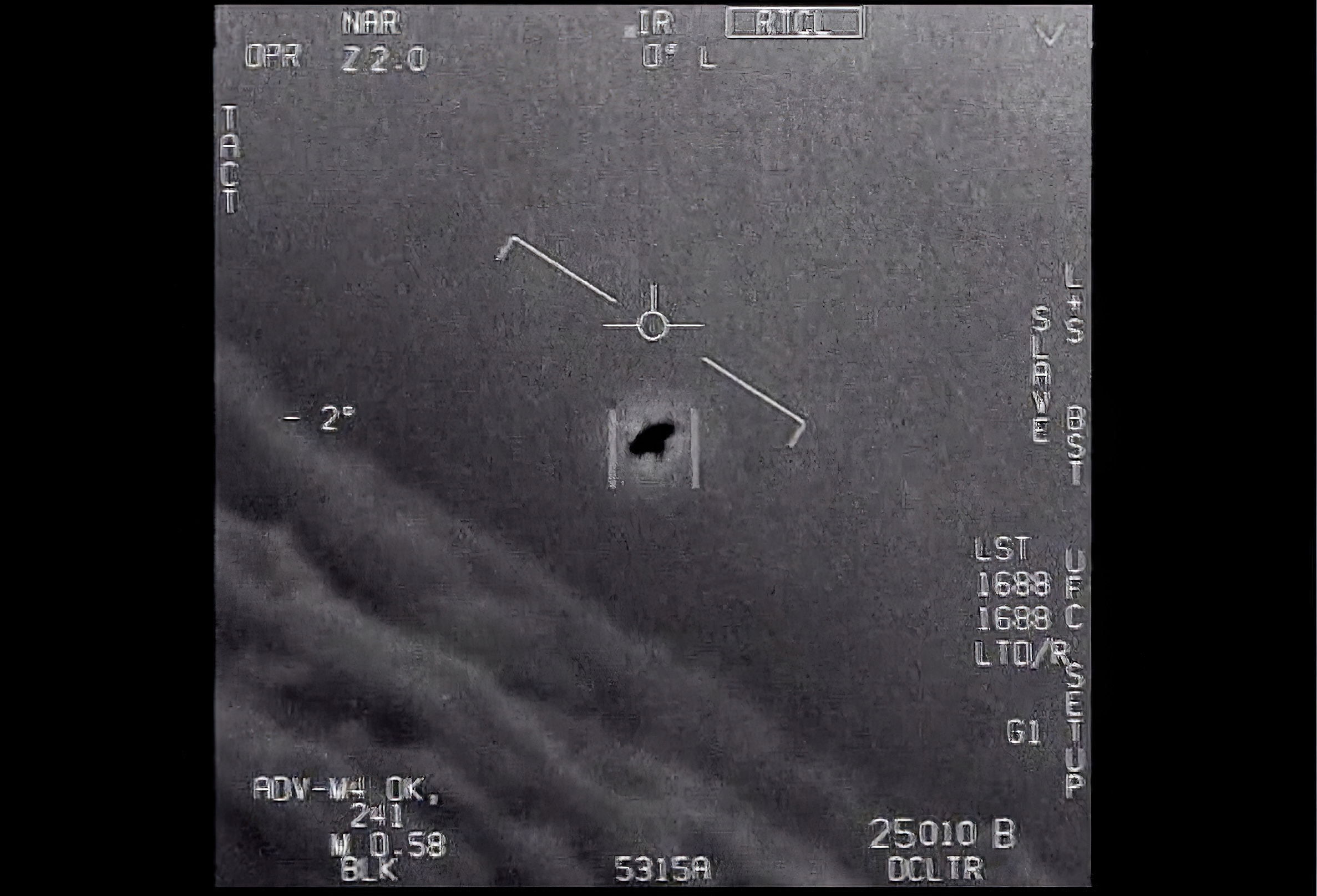
NASA said Thursday that the study of UFOs will require new scientific techniques, including advanced satellites as well as a shift in how unidentified flying objects are perceived.
The space agency released the findings after a yearlong study into UFOs.
WATCH ANYTIME FOR FREE
Stream NBC10 Boston news for free, 24/7, wherever you are. |
In its 33-page report, an independent team commissioned by NASA cautioned that the negative perception surrounding UFOs poses an obstacle to collecting data. But officials said NASA’s involvement should help reduce the stigma around what it calls UAPs, or unidentified anomalous phenomena.
NASA Administrator Bill Nelson said the agency wants to shift the conversation about UAPs “from sensationalism to science.” Nelson added the panel found no evidence that UAPs had extraterrestrial origin.
Get updates on what's happening in Boston to your inbox. Sign up for our News Headlines newsletter.
Officials stressed the panel found no evidence that UAPs had extraterrestrial origin. But Nelson acknowledged with billions of stars in billions of galaxies out there, another Earth could exist.
“If you ask me, do I believe there’s life in a universe that is so vast that it’s hard for me to comprehend how big it is, my personal answer is yes,” Nelson said at a news conference. His own scientists put the likelihood of life on another Earth-like planet at “at least a trillion.”
When pressed by reporters on whether the U.S. or other governments are hiding aliens or otherworldly spaceships, Nelson said: “Show me the evidence.”
The 16-member panel noted that artificial intelligence and machine learning are essential for identifying rare occurrences, including UFOs.
“NASA will do this transparently,” Nelson said.
At the one and only public meeting earlier this year, the independent team selected by the space agency insisted there is no conclusive evidence of extraterrestrial life associated with UFOs.
No top-secret files were accessed by the scientists, aviation and artificial intelligence experts, and retired NASA astronaut Scott Kelly, the first American to spend nearly a year in space. Instead, the 16-member group relied on unclassified data in an attempt to better understand unexplained sightings in the sky.
NASA said there are so few high-quality observations that no scientific conclusions can be drawn.
At May's meeting, astrophysicist David Spergel, the committee's chair, highlighted the need for more high-quality data, noting that the "current data-collection efforts regarding UAPs are unsystematic and fragmented across various agencies, often using instruments uncalibrated for scientific data collection."
The government refers to unexplained sightings as UAPs versus UFOs. NASA defines them as observations in the sky or elsewhere that cannot be readily identified or scientifically explained.
The study was launched a year ago and cost under $100,000.
However, NASA isn't the only government agency studying UAPs. In 2022, the Department of Defense created an office to track and study reports of the unidentified objects in the sky, underwater and in space. Less than five months after the Pentagon launched The All-domain Anomaly Resolution Office (AARO), the agency said it had received "several hundreds" of new reports — but no evidence so far of alien life.
Thursday's report comes of the heals of a bombshell congressional hearing last month, where a former Air Force intelligence officer testified that the U.S. is concealing a longstanding program that retrieves and reverse engineers unidentified flying objects.
Retired Maj. David Grusch's highly anticipated testimony before a House Oversight subcommittee was Congress' latest foray into the world of UAPs — or “unidentified aerial phenomena," which is the official term the U.S. government uses instead of UFOs. While the study of mysterious aircraft or objects often evokes talk of aliens and “little green men,” Democrats and Republicans in recent years have pushed for more research as a national security matter due to concerns that sightings observed by pilots may be tied to U.S. adversaries.
Grusch said he was asked in 2019 by the head of a government task force on UAPs to identify all highly classified programs relating to the task force's mission. At the time, Grusch was detailed to the National Reconnaissance Office, the agency that operates U.S. spy satellites.
“I was informed in the course of my official duties of a multi-decade UAP crash retrieval and reverse engineering program to which I was denied access,” he said.
Asked whether the U.S. government had information about extraterrestrial life, Grusch said the U.S. likely has been aware of “non-human” activity since the 1930s.
The Pentagon has denied Grusch's claims of a coverup. In a statement, Defense Department spokeswoman Sue Gough said investigators have not discovered “any verifiable information to substantiate claims that any programs regarding the possession or reverse-engineering of extraterrestrial materials have existed in the past or exist currently.” The statement did not address UFOs that are not suspected of being extraterrestrial objects.
Grusch says he became a government whistleblower after his discovery and has faced retaliation for coming forward. He declined to be more specific about the retaliatory tactics, citing an ongoing investigation.
There was bipartisan interest in Grusch’s claims and a more sober tone than other recent hearings featuring whistleblowers celebrated by Republicans and criticized by Democrats. Lawmakers in both parties asked Grusch about his study of UFOs and the consequences he faced and how they could find out more about the government’s UAP programs.
“I take it that you’re arguing what we need is real transparency and reporting systems so we can get some clarity on what’s going on out there,” said Rep. Jamie Raskin, D-Md.



